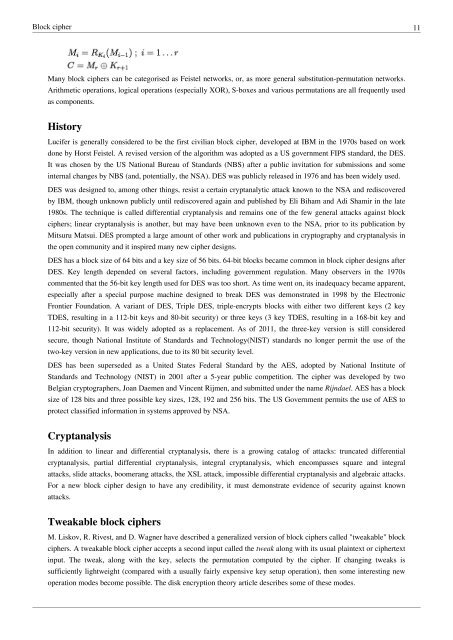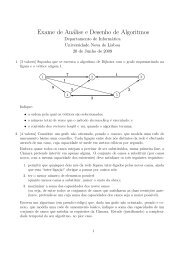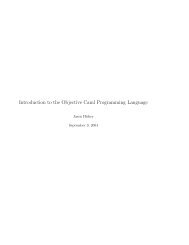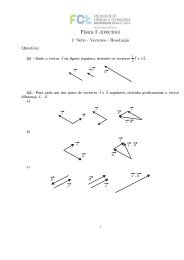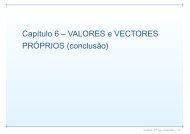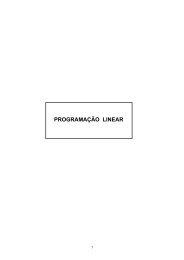Security Articles from Wikipedia
Security Articles from Wikipedia
Security Articles from Wikipedia
Create successful ePaper yourself
Turn your PDF publications into a flip-book with our unique Google optimized e-Paper software.
Block cipher 11<br />
Many block ciphers can be categorised as Feistel networks, or, as more general substitution-permutation networks.<br />
Arithmetic operations, logical operations (especially XOR), S-boxes and various permutations are all frequently used<br />
as components.<br />
History<br />
Lucifer is generally considered to be the first civilian block cipher, developed at IBM in the 1970s based on work<br />
done by Horst Feistel. A revised version of the algorithm was adopted as a US government FIPS standard, the DES.<br />
It was chosen by the US National Bureau of Standards (NBS) after a public invitation for submissions and some<br />
internal changes by NBS (and, potentially, the NSA). DES was publicly released in 1976 and has been widely used.<br />
DES was designed to, among other things, resist a certain cryptanalytic attack known to the NSA and rediscovered<br />
by IBM, though unknown publicly until rediscovered again and published by Eli Biham and Adi Shamir in the late<br />
1980s. The technique is called differential cryptanalysis and remains one of the few general attacks against block<br />
ciphers; linear cryptanalysis is another, but may have been unknown even to the NSA, prior to its publication by<br />
Mitsuru Matsui. DES prompted a large amount of other work and publications in cryptography and cryptanalysis in<br />
the open community and it inspired many new cipher designs.<br />
DES has a block size of 64 bits and a key size of 56 bits. 64-bit blocks became common in block cipher designs after<br />
DES. Key length depended on several factors, including government regulation. Many observers in the 1970s<br />
commented that the 56-bit key length used for DES was too short. As time went on, its inadequacy became apparent,<br />
especially after a special purpose machine designed to break DES was demonstrated in 1998 by the Electronic<br />
Frontier Foundation. A variant of DES, Triple DES, triple-encrypts blocks with either two different keys (2 key<br />
TDES, resulting in a 112-bit keys and 80-bit security) or three keys (3 key TDES, resulting in a 168-bit key and<br />
112-bit security). It was widely adopted as a replacement. As of 2011, the three-key version is still considered<br />
secure, though National Institute of Standards and Technology(NIST) standards no longer permit the use of the<br />
two-key version in new applications, due to its 80 bit security level.<br />
DES has been superseded as a United States Federal Standard by the AES, adopted by National Institute of<br />
Standards and Technology (NIST) in 2001 after a 5-year public competition. The cipher was developed by two<br />
Belgian cryptographers, Joan Daemen and Vincent Rijmen, and submitted under the name Rijndael. AES has a block<br />
size of 128 bits and three possible key sizes, 128, 192 and 256 bits. The US Government permits the use of AES to<br />
protect classified information in systems approved by NSA.<br />
Cryptanalysis<br />
In addition to linear and differential cryptanalysis, there is a growing catalog of attacks: truncated differential<br />
cryptanalysis, partial differential cryptanalysis, integral cryptanalysis, which encompasses square and integral<br />
attacks, slide attacks, boomerang attacks, the XSL attack, impossible differential cryptanalysis and algebraic attacks.<br />
For a new block cipher design to have any credibility, it must demonstrate evidence of security against known<br />
attacks.<br />
Tweakable block ciphers<br />
M. Liskov, R. Rivest, and D. Wagner have described a generalized version of block ciphers called "tweakable" block<br />
ciphers. A tweakable block cipher accepts a second input called the tweak along with its usual plaintext or ciphertext<br />
input. The tweak, along with the key, selects the permutation computed by the cipher. If changing tweaks is<br />
sufficiently lightweight (compared with a usually fairly expensive key setup operation), then some interesting new<br />
operation modes become possible. The disk encryption theory article describes some of these modes.


